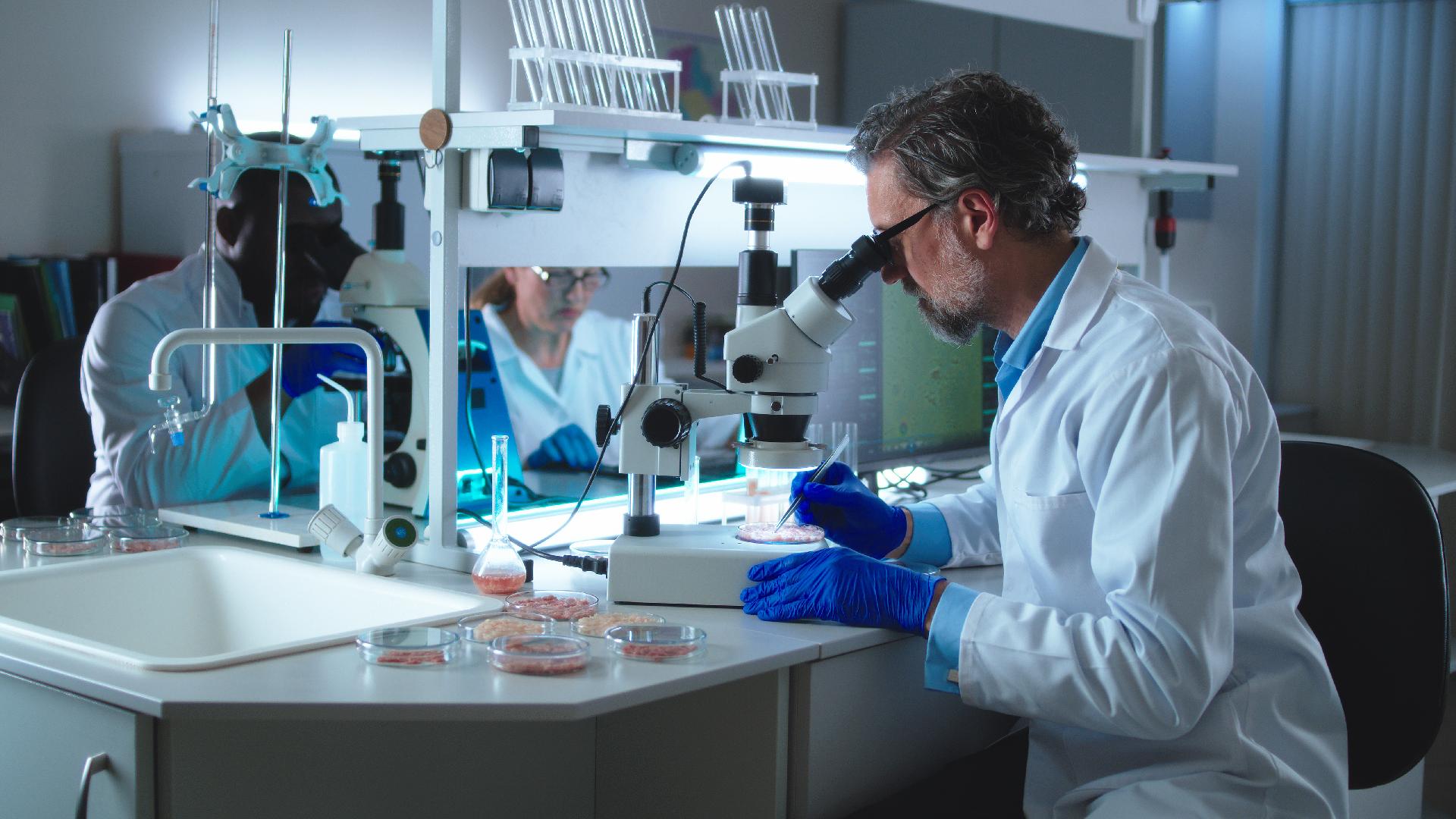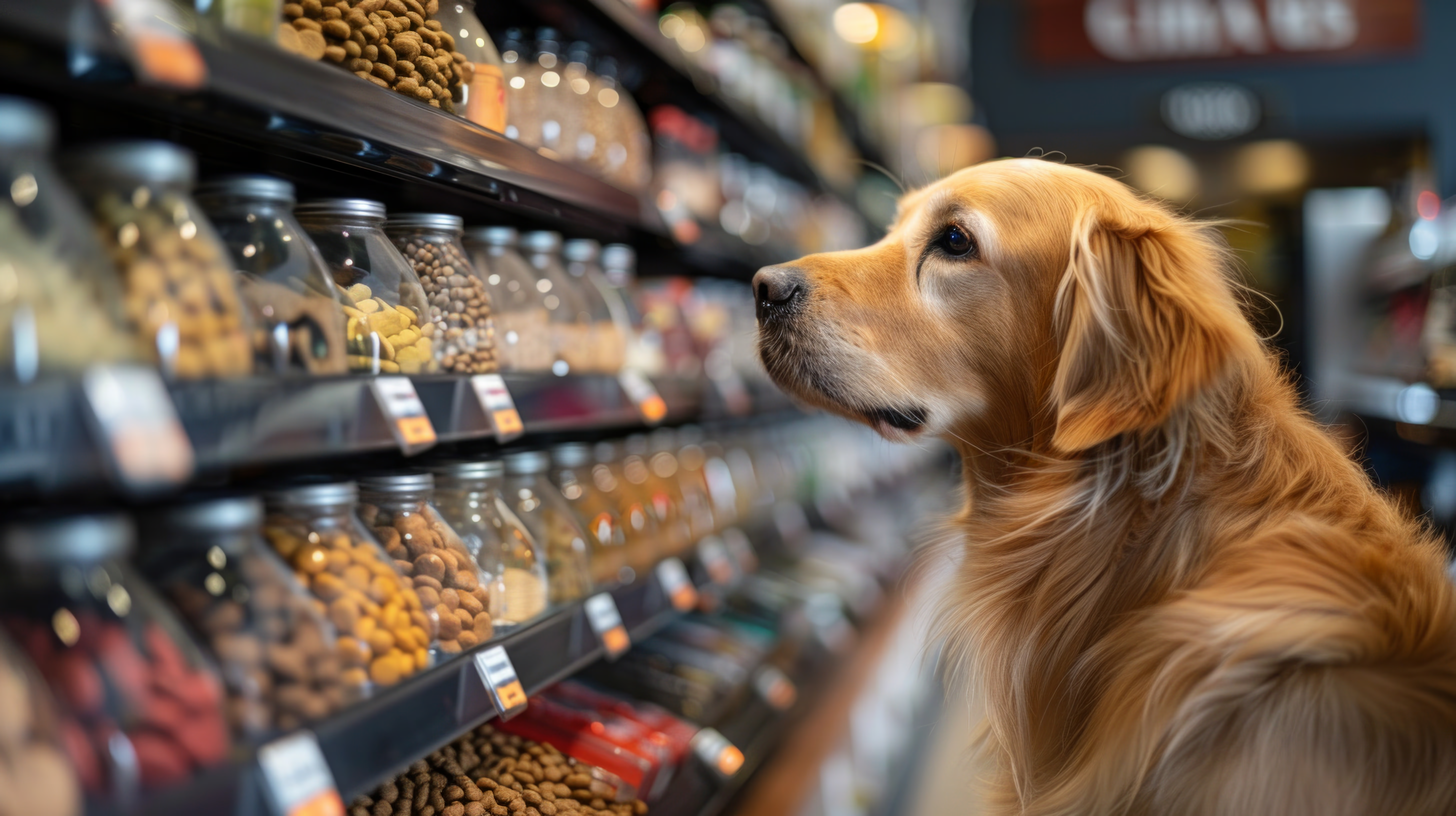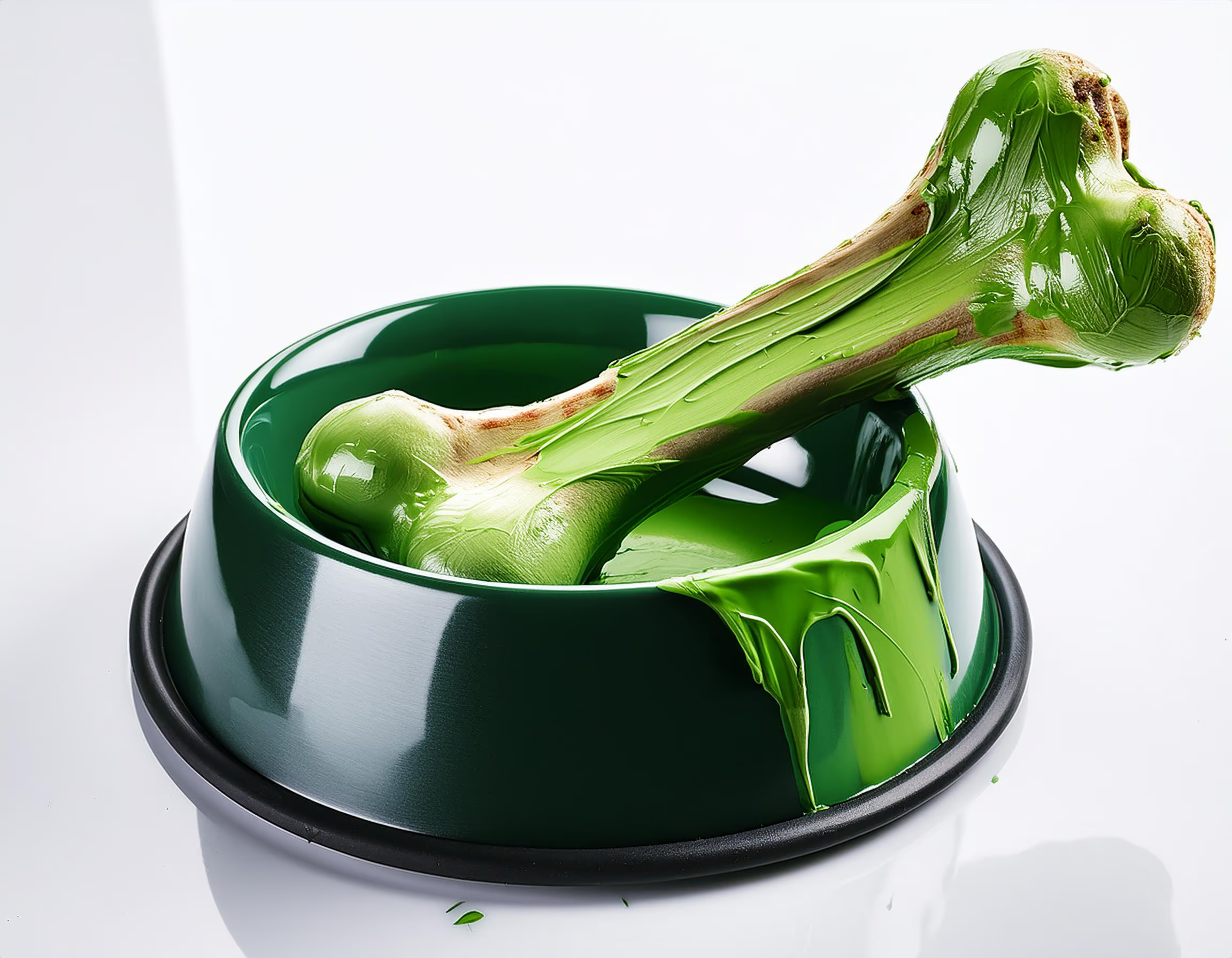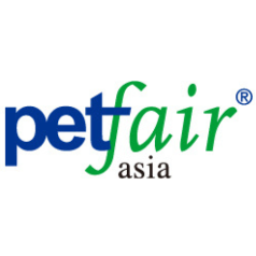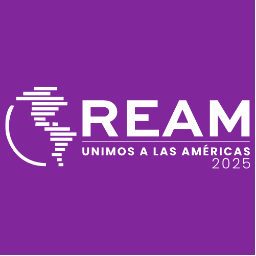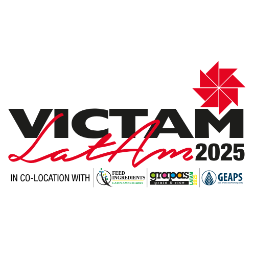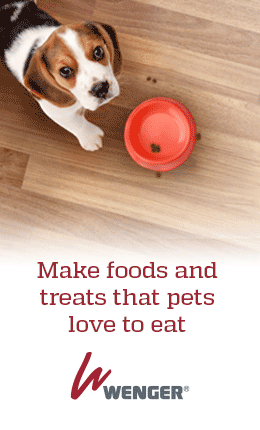A good way to distinguish technology from science and art is through its purpose:
- Science seeks the truth through scientific methods.
- Art seeks to reach human feelings, intellectual pleasure, and the beauty of all things.
- Technology seeks to satisfy human needs and desires, to solve practical problems using, in part, science.
Technology can be more broadly defined as entities, both material and immaterial, created by a mental and physical effort to achieve some value. In this usage, technology refers to tools and machines that can be used to solve real-world problems. It's a broad term that can include simple tools, like a crowbar or wooden spoon, or more complex machines, like a space station or a particle accelerator. Tools and machines do not need to be material; virtual technology (such as computer programs and business methods) is also included in this definition of technology.
Pet food is the combination of a large number of technologies. If we start from the first contact with a product we buy in the market for our pet, that's the packaging. The packaging today is resistant, transportable, and allows food to be kept in the best conditions so that it preserves the quality and balance of all its nutrients throughout its lifetime. Once we open the packaging (if we are talking about a dry product), we can find croquettes of different shapes, colors, and figures, which are highly digestible for our dog or cat. These croquettes were achieved by an extrusion process, and have high palatability, largely because inside them, there are the ingredients selected to meet quality and safety standards that guarantee the nutrient content. If we go deeper and deeper into that kibble, we see that it contains micronutrients, and they are present in the amount that the dog or cat needs at ppm or mg/kg levels, and sometimes up to ppb or mcg/kg.
One of these micronutrients is vitamins. Today, all vitamins are commercially produced in pure forms. Most are produced by chemical synthesis, but some are also isolated from natural sources (like fat-soluble vitamins), while others are produced microbiologically (such as thiamine, riboflavin, folate, pyridoxine, biotin, pantothenic acid, and vitamin B12). In some cases, synthetic vitamins can be significantly more bioavailable than vitamins from natural sources. The chemical stability of some vitamins can be improved by using a more stable chemical form or formulation. For instance, the calcium salt of pantothenic acid is more stable than the free acid form. Similarly, the esters of vitamins A and E (retinyl acetate, tocopheryl acetate) are much more resistant to oxidation than alcohol-free forms. Vitamin preparations can also be coated or encapsulated in a way that excludes oxygen and/or moisture (fig.1), making them more stable. They are often spray-dried or prepared as adsorbates to improve their handling characteristics.

Fig.1 Vitamin A microencapsulated or microsphere
Once again, technology makes it possible to guarantee the vitamin levels the pet requires in the balanced food eaten every day. However, within the kibble, a series of chemical events can occur that will compromise the life of these vitamins. The presence of trace minerals such as zinc, copper, iron, manganese, iodine, and selenium, in their free state, interact with other nutrients, degrading them or affecting digestibility. These free metals bind to other nutrients, making them unavailable. Generally, the raw materials of the balanced feed provide trace minerals, and it would be enough to prevent deficiencies, but presents variable bioavailability and does not meet the requirement, so it is necessary to supplement the diet with trace minerals that can be from inorganic, organic or hydroxymineral sources. Inorganic trace minerals (sulfates) have a weak ionic bond between the copper ligand and sulfate, as seen in Figure 2. The metal is easily exposed and, as mentioned above, will affect other nutrients. No inorganic or organic trace mineral available today has the same chemical structure, mode of action, or bioavailability. Hydroxy minerals have an OH group that creates a strong, covalent bond with the metal. Covalent bonds have many proven advantages, including bioefficacy and feed stability.

Fig.2 Chemical structure of different Cu sources (sulfate, proteinate, and hydroxy)
Guaranteeing the nutritional levels of each nutrient requires selecting high-quality ingredients and, in particular, speaking of vitamins and minerals, stable sources. In addition, it is necessary to ensure that the nutrient is present, despite the loss that may occur when going through the thermal process or its interactions with the metals in the diet. I'll take biotin as an example. Although there are variations depending on the reference, biotin doses of 0.6-1.2 mg/kg are recommended in Davenport's work to keep the skin and coat of dogs in good condition. The amounts are very small on the order of ppb, so 2% or 10% commercial products are generally used, which can be in the form of ground products or spray-dried products. A crushed product may contain around 2 million particles per gram of commercial product and a spray-dried product up to 40 million particles per gram of commercial one. Therefore, a product with a larger number of particles improves dispersion.
There is one area that I would not want to overlook, and that is that pet food is becoming more and more sustainable. A good example is the use of new sources of omegas, particularly DHA, from marine algae. These sources help reduce the exploitation of marine fishing and, in this way, help conserve ocean biodiversity.
As science and knowledge advance, pet food is the result of technological advances by being better every day, being more precise in meeting nutritional requirements, and supporting the health and well-being of our pets in a sustainable way.
Author: MVZ. Armando Enríquez de la Fuente Blanquet
Source: All Pet Food Magazine
You could be interested: Greenwashing in pet food: what it is and how to avoid it
About author
Armando Enriquez de la Fuente BlanquetArmando Enríquez is from Mexico and, currently, works at Novus International as a Regional Country Manager, Mexico. Before, he worked at Trouw Nutrition Mexico as Feed Additives & Key Accounts Manager; he is also part of the company’s Global Companion Animal Community. He worked for DSM Nutritional Products in various positions: as a Marketing Manager in Pet Nutrition in Latin America, Vitamins Technical Manager in Latin America, Food Chain Project Manager and Commercial Manager in Mexico. He also worked at Roche Products as a Pets Project Manager, Ruminants Project Manager and Commercial Manager. He publishes editorials in specialized magazines in the Petfood industry and has lectured at the Andean Pet Forum in Colombia and at the Pet Forum, Mexico. He is a Veterinary Zootechnician from the National Autonomous University of Mexico and has a master's degree in Business Administration from the ITESO University.












